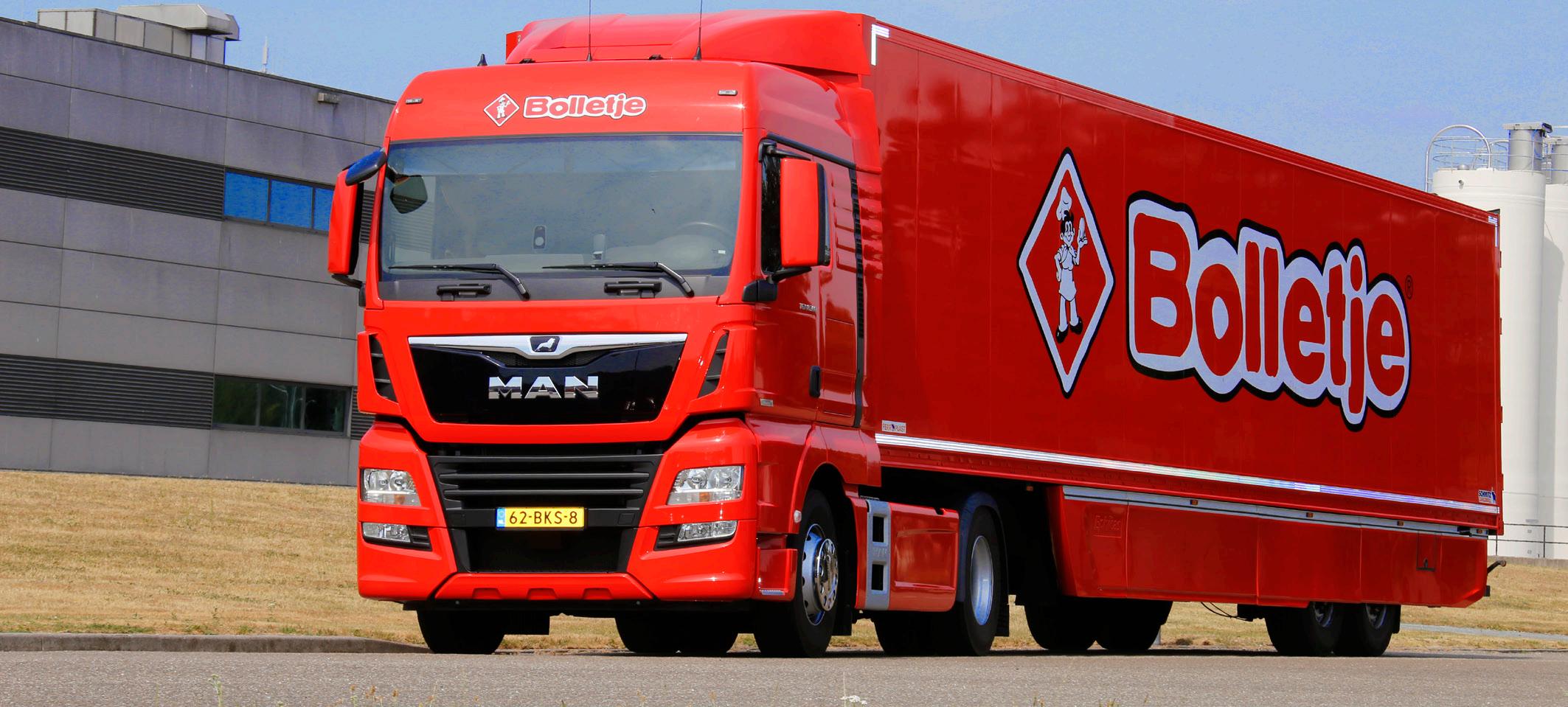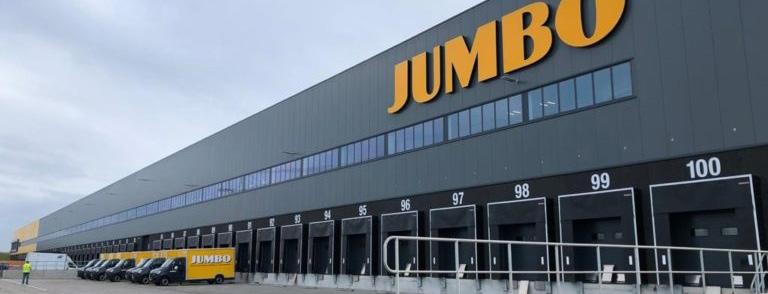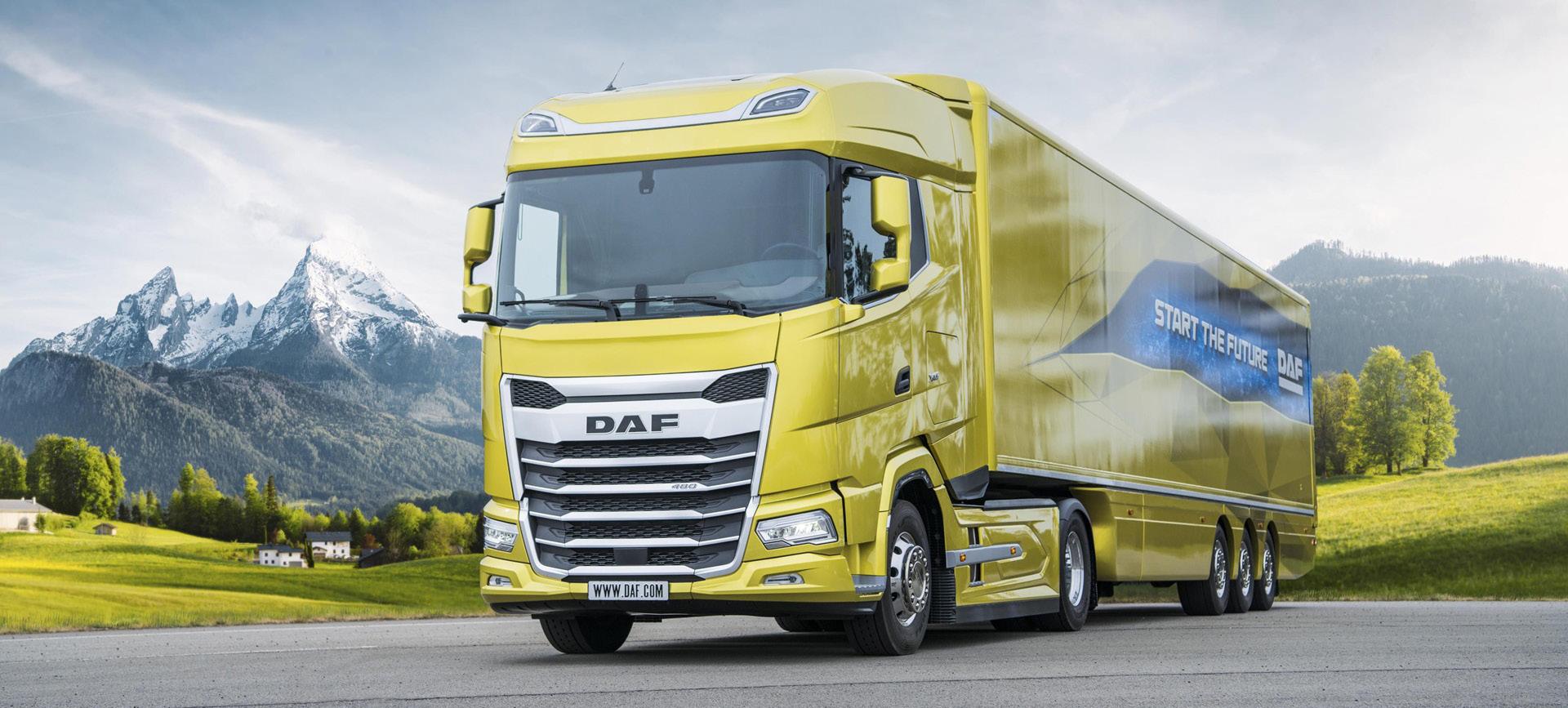
11 minute read
The flight of a ticket price
Think about the following unimaginable situation: a small virus takes over your country and the government closes its borders almost completely. Safety requirements during a flight are heavily changed, the date of the reopening of the borders can be guessed by throwing darts and you are leading the pricing and revenue management department of KLM. How would you formulate your strategy to tackle this challenge? Maarten van der Lei will show us how this works at KLM!
TEXT Bauke Wijnands DESIGN Stefano Dimastrapasqua
Advertisement
COPYRIGHT KLM
The team
Having more than 20 years of working experience at KLM, Maarten has seen a lot of operational processes within the airline. He started as an operations research analyst, after which he joined the network planning department being busy with margin optimization. Here he was busy with questions like: where to place your assets, which destinations will we fly to, with which frequency? Hereafter, he joined the operations division, being responsible for the planning of the cabin crew. With his background as mathematical researcher, this could be typically seen as an assignment problem. However, union dynamics also became an important topic within this role, since employee planning deals with finding balance between work and private life. The next step in his career was in the commercial direction, being responsible for building a new (current) revenue management system. After having had various business related roles, Maarten is now leading the complete pricing and revenue team, having teams in Amsterdam and Paris.
Aircraft seats as a perishable product
Within the pricing and revenue department of KLM, you have to deal with fluctuations of demand. Is that a scaring fact? No, it’s not. The most important challenge as airline is that coping with these fluctuations requires another method than for example an ice-skates salesman’s method. That salesman can have extra skates in inventory in order to be sure that he’ll deal with the demand. Thinking about that analogy, an airline can’t ‘produce’ extra pilots or aircrafts for the short term. That forces KLM to find other ways to cope with fluctuations, by identifying the characteristics of the demand. For example, seasonality plays an important role. During the summer and the turn of the year leisure demand increases, while business travel shows
patterns on the week period. Another example: if a business man prefers to spend the weekend together with his family, he won’t travel on a Saturday or Sunday.
Advantage for KLM is that demand of flights is price elastic to a large extent. That characteristic is being played with and causes fluctuating prices, while keeping the goal of matching demand fluctuations with the fixed capacity of resources while optimizing revenue per unit in mind.

How does KLM put things in work to achieve this goal? From a pricing perspective, the products and segmentation within the market are being defined. Consequently, the revenue management responsible makes these products dynamically available to the public and sets prices for these products in order to maximize revenues. Since an aircraft seat is a perishable product for which the market is opened for typically a year, questions like “must we accept this tariff for this seat” are important within the revenue management department. In case a flight from Amsterdam to New York having 100 seats will depart in 365 days, it will be sold out in a second if the price is 1 euro, whereas it will be empty at a price of 10.000. Then you are wasting your supply.
When zooming in on the segmentation part, several types of demand with each its own characteristics can be identified. For example, leisure demand is generally flexible in terms of timing and the most COPYRIGHT KLM

influencing factor is price. In case there is less demand on specific days during the week, KLM can make flights on these days more attractive in order to fill all seats. Looking at business travellers on the contrary, timing of the flight is very important, stays are typically short and willingness to pay is higher. Next to that, demand is less price elastic. Thus, from customer facing perspective it is important to have enough seats available for business travellers buying their tickets lately since KLM strives for serving this demand segment completely.
Simulating demand
Since demand covers multiple market segments and is changing continuously over time, flight prices are determined by millions of data points gathered continuously. KLM strongly believes in using simulation models as support for decision making. Therefore, in 2014 an in house system has been implemented that gathers all information required to set prices for the flights, the project being led by Maarten himself. Advantage for having this system in house is the ability to keep investing in the system easily, not being dependent on a third party. For example, during the COVID-19 crisis it has been extremely useful to adjust the system to the changed environment KLM operates in. Having the philosophy of using computing power of a system as much as possible, the user interface should provide analysts the ability to make adjustments to the system. Indeed, the system can’t know everything.. When China closed its borders early 2020, the expected demand from Chinese travellers based on historical data was not equal to the actual numbers as you can imagine.
Student time of Maarten
Maarten studied mathematics in Amsterdam where theory was applied in the field of theoretical physics, quite abstract as you can imagine. Hereafter, he did his postdoctoral in Eindhoven, focusing on mathematics in Industry. The aspects about his time in Eindhoven he liked were the focus on applying theory in practice, hands-on dynamics and group work. Skills as programming, presenting, organizing and working together in a team are skills he learned in Eindhoven that he wouldn’t want to have missed. One is able to learn those skills in a working environment. However, you are lucky if you can do that within a study environment.
COPYRIGHT KLM
Following Maarten it is extremely important to find a balance between stability and the ability to adapt. In case the system constantly reacts heavily to detected trends, analysts will not understand the outcomes. However, looking at the China example it is on the other hand important to detect trends and adapt adequately. These trends can be detected based on hard data such as actual bookings. Besides, also weak signals can be taken into account. Examples are search behaviour on internet and vaccination rates. Whereas an increasing number of organizations is simply putting a lot of data in a large complex network and seeing what forecasts come out of it, KLM rather prefers a more classical model. “We want to understand and be able to explain the outcomes.” The price analysts are constantly monitoring the performance of the system and asking themselves the questions “am I confident with the outcomes and do I want to adjust the parameters?”

Comparable to the China example, the United States closed their borders for foreigners. People from India or Europe couldn’t travel to the US directly. As a result, completely new travel patterns emerge: people from India traveling via Amsterdam to Mexico, so that they can travel to the US after only 14 days of quarantine. That has a significant impact on the price of a flight from Amsterdam to Mexico.
However, not only the demand side affects the price. The supply side also plays an important role. By analysing the number of COVID-19 related restrictions in a region and determining whether there is over- or under supply of transportation, KLM can choose its strategy to optimize profits. In the China example, there was a significant drop of passage flights due to restrictions when flying towards China. Since passage flights often carry cargo, supply of cargo decreased heavily too. Therefore, due to the constant or even increased demand for cargo travel, price pressure for cargo tariffs increased.
Back to the system’s ability to adapt to trends, for which the opening of the borders of the US in November 2021 was an interesting happening too. Newspapers announcing an expected opening of the borders around November 1 affects the demand heavily. After announcements of opening the borders one week later instead, another extreme shift in demand takes place. The system doesn’t always detect these shifts as quickly as desired. In case one would like to let the system do the work, the importance (weight) of the factor booking searches on the internet could be increased in order to be able to adapt more quickly. When taking a more manual approach, one could reserve some more safe cards so that not all flights are already full immediately after the announcement.
Value-based pricing
When zooming in on the revenue management side, KLM applies the principle of value based pricing. This method requires to look carefully at your competitors. Value is determined by components as the type of the seat, leg space, catering product, cabin personnel and communication. While trying to position with a winning price value proposition, KLM has to look at the value proposition of for example Ryanair. Maarten explains a comparison: “Do they offer the same value? Then we don’t need to ask for higher prices. We need to offer more for a higher price or we offer less and ask a lower price”. Airlines can also differentiate on the frequency level of flights in order to influence product value. Business travellers appreciate the opportunity of departing in the morning and traveling back in the evening. On the contrary, leisure travellers wouldn’t mind about having 2 flights per day. They want specifically flights on for example Thursday and Sunday so they can spend a large weekend on a Holiday.
Brand image also plays an important role. This brand image differs per country by the way. In the Netherlands, KLM is seen as the home carrier, whereas foreign countries see KLM as a challenger. That creates another price perception by the customer.
Maarten adds: “in the Netherlands we don’t realize how special it is to have such a large airline in such a small country. We can travel directly to all over the world, that is bizarre!”
How does KLM know actually how customers perceive the value, since that determines the value proposition? Well, that’s part of continuous performance management. Looking at a particular route, one can follow the market share of KLM on that route for example. Aggressive positioning can be a method to gain market share, one can also focus more on income per unit. Together with the team discussions take place once in a few weeks, about whether they are content with the performance.
n * (n – 1) / 2
Performance management won’t face ad hoc problems in a stable situation rapidly. COVID-19 however has of course caused challenges for KLM’s management. Moreover, sustainability is also an important topic within the organization, having influence on the price and revenue of the firm too. Following Maarten, KLM sees sustainability as “our license to grow and our license to operate. We have to be part of the solution”. He distinguishes 2 mechanisms that try to tackle the problem. Firstly, offset mechanisms are for example offering the traveller the opportunity to include carbon dioxide emission compensation in the price of the flight. However, he doesn’t see this mechanism as the actual solution for the problem. He prefers to focus on solutions that actually solve the problem structurally and KLM wants to be frontrunner here. Solutions could for example be replacing kerosene by so-called sustainable aviation fuel (SAF). The challenges here are the availability and the price setting. The more SAF will be produced, the lower the price and the more attractive the product. When comparing air travel to car travel, electric driving is increasing in popularity. Why would air travel not be able to follow that route?
The discussion about taking the train instead of the airplane because of sustainability reasons is known. However, Maarten thinks that when compared to traveling by train, air travel is a superefficient alternative. “As TU/e’s own Carlo van de Weijer* has put forward as well: The infrastructure required to connect n cities requires just n airports, but n * (n – 1) / 2 rail connections. The network factor of n * (n – 1) / 2 makes it much more efficient and sustainable to create airports, than creating that infrastructure for train travel. Also for creating that infrastructure a lot of environmental issues have to be dealt with.” He adds that he doesn’t want to downplay the climate problem at all, on the contrary, but he thinks that we should focus on speeding up the required innovation that will help solve the problem.
Looking for talent!
The Pricing and Revenue Management team of KLM is always looking for new talent. If you are interested in investigating whether a career at KLM is something for you, contact Maarten van der Lei via LinkedIn, to explore together a challenging position at PRM or another interesting department.
Conclusion
KLM operates in an interesting era. Expectations for the future primarily direct to constant growth and there is confidence in a good future of the firm. We’ve learned a lot about how KLM’s environment constantly changes and influences the characteristics of demand and therefore ticket prices. Now it’s up to KLM to deal with the upcoming challenges!
* Carlo van de Weijer, General Manager of the Eindhoven Al Systems Institute at Eindhoven University of Technology (TU/e)









